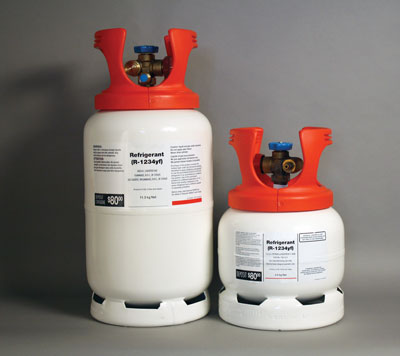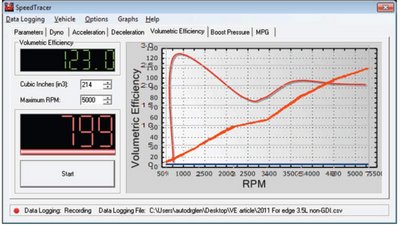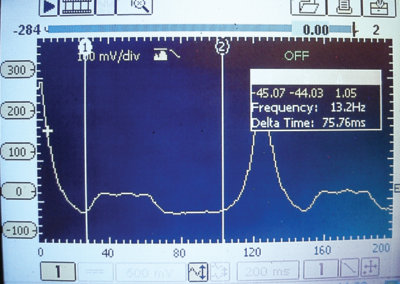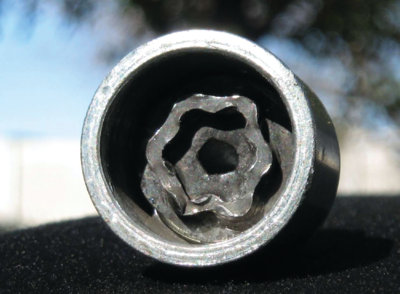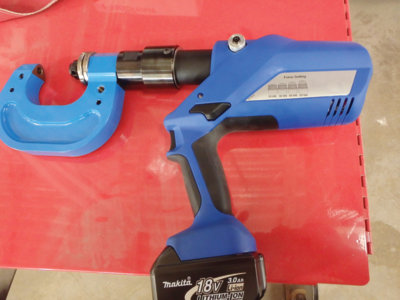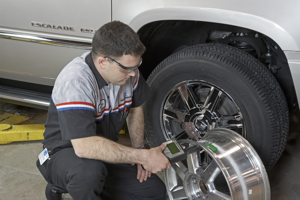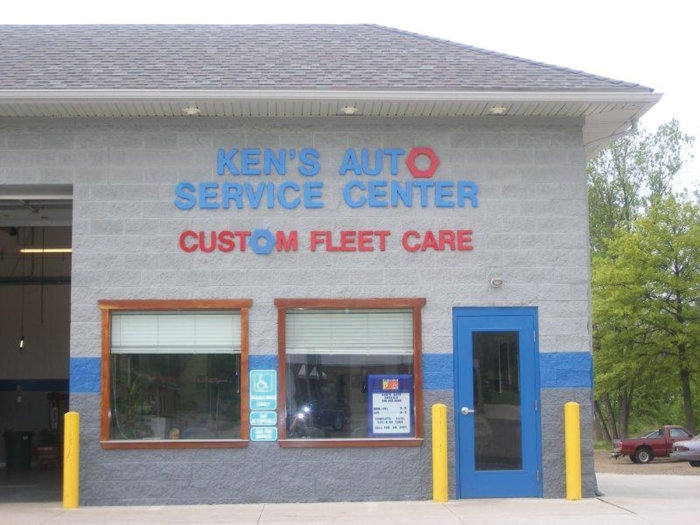AMSOIL INC. (www.amsoil.com) of Superior, WI, has announced the addition of SAE 190 and SAE 250 Severe Gear Synthetic Gear Lubes to its line of AMSOIL Severe Gear Extreme Pressure Synthetic Gear Lubes. AMSOIL Severe Gear Synthetic SAE 190 and SAE 250 Gear Lubricants are specifically engineered for high horsepower, high torque conditions where centrifugal gear lube sling-off is encountered. These tenacious formulations cling to gears and bearings for the best possible protection during shock loading, high G-forces and where pinion gears are installed at steep angles. Severe Gear Synthetic Gear Lubricants provide exceptional reliability and extended gear life.
The two new gear lube viscosities were specially formulated for off-road truck racing, rock racing, rock crawling, tractor pulling, funny car racing and dragster racing applications that require heavier viscosity gear lubricants. AMSOIL Severe Gear gear lubes feature an exclusive blend of high viscosity, shear stable synthetic base oils and an extra treatment of high-performance additives. They are engineered to protect gears better than conventional gear oils, resisting acid, carbon and varnish formation and oxidative breakdown.
AMSOIL Severe Gear Synthetic SAE 190 and SAE 250 Gear Lubricants are premium grade, extreme pressure gear lubes engineered specifically for the demands of severe racing conditions. They are formulated with shear stable, heavy synthetic base oils for high film strength. Their synthetic formulations provide improved flow over conventional oils, reducing viscous drag and power loss. AMSOIL proprietary extreme pressure additives form an iron-sulfide barrier coating on gear surfaces for the ultimate line of defense against wear, pitting and scoring.
Applications and Service Life
AMSOIL Severe Gear Synthetic SAE 190 and SAE 250 Gear Lubricants are recommended for use in hypoid gear differentials and other applications requiring a high viscosity, API GL-5 gear lube. Where limited slip performance is required, use AMSOIL Slip-Lock limited slip additive. Change Severe Gear SAE 190 and SAE 250 Gear Lubes as conditions dictate. Where extended drain intervals are desired, monitor by oil analysis.
For more information about AMSOIL synthetic lubricants and performance products check the Yellow Pages for your nearest AMSOIL distributor, visit www.amsoil.com or call AMSOIL at (715) 392-7101 or (800) 777-8491.


